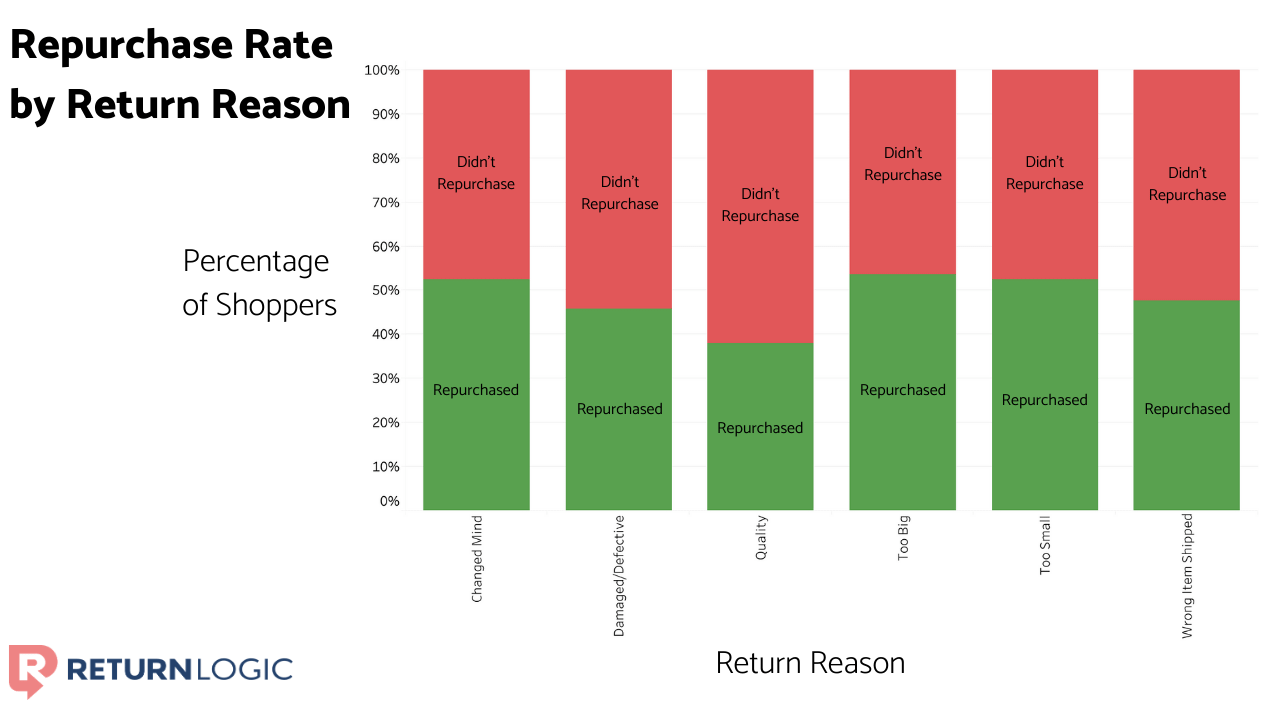Returns Management as a Profit Center

Traditionally, returns have been leveraged as a cost center, something to minimize, an unfortunate by-product of retail.
With return rates typically falling between 10% and 30% in ecommerce, it’s easy to see why.
Undoubtedly, returns incur costs for merchants. They can create a negative customer experience if not handled properly, and most certainly harm the environment.
But it’s important to remember that return management should be leveraged as a profit center as well.
Table of Contents:
- Two Focuses of Return Management
- Returns as a Cost Center and a Profit Center
- Maximize Profits with Return Data
Two Focuses of Return Management
To appreciate the impact of returns, we first need to understand the relationship between return management and reverse logistics.
Return management comprises all of the policies, workflows, and processes that enable a return to occur – for the shopper and the merchant.
Return management aims to create a frictionless customer experience, automate tasks on behalf of the merchant, and extract insights about returns.
Return management also feeds into reverse logistics, which is the process of physically shipping and handling a return and directing the product to its next destination.
Once the retailer’s team completes the return, they must determine what to do with it. The grade (or disposition) of the item directly informs this decision.
The product is then sent to its next destination, whether back into inventory circulation, a liquidation channel, or a recycling bin.
The goal of reverse logistics is to minimize the cost of handling and storing the inventory while recovering as much value as possible on the merchandise.
These two focuses reflect the cost center and profit center of returns.
Returns as a Cost Center and a Profit Center
Reverse logistics encompasses the cost center of returns.
Shipping expenses, physical touches, warehousing costs, liquidation: reverse logistics is what many of us envision when we think of returns.
In most cases, it represents a cost to minimize.
Fueled by return management solutions, retailers can drastically improve their return process and their operations overall. The JOLYN team was able to cut its processing time by 900% after partnering with ReturnLogic.
Employees can accomplish more, customers submit fewer emails and support tickets, and products get stocked back into inventory quicker. Returns now have less of a negative impact on their bottom line.
But, return management embodies a profit center, as well.
That’s because returns are not just a logistical issue – they’re a matter of customer lifetime value and carry insights that’ll drive your business forward.
Maximize Profits with Return Data
Return data carries insights that allow you to make the most of your products and your customers.
Customer Lifetime Value
Just as a positive purchase experience can increase customer lifetime value, a negative purchase experience can cause it to decrease. Return data reveals this other side of the story.
If you returned those jeans because they were too snug, there’s a fair chance you’re going to repurchase them in the next size up. But if you returned them because there was an issue with the quality or product description, your relationship with the brand could very well be in jeopardy.

Return data illustrates the impact of different return reasons on the customer relationship and informs the likelihood of a future purchase.
We can use these insights to prioritize shoppers for outreach and craft more personalized and more effective offers.
The objectives here are to stabilize the customer relationship, drive future engagement, and counteract customer churn. In turn, these goals will help maximize your customer lifetime value.
Prevent Returns Before They Happen
Return data also contains insights into why products get returned, which can help you reduce your return rate.
Since partnering with ReturnLogic, Ecru reduced its return rate by 9%, potentially gaining over $100,000 in lost sales revenue per year.
None of this would be possible without return management.
In Summary
Returns have traditionally been viewed purely as a cost center.
In certain aspects, they are. Returns generate a mountain of costs for retailers and can damage the customer relationship.
However, return management also represents an incredible profit center. Return data allows us to understand the customer journey more precisely and prevent returns before they occur.



